The 4Cs of Moissanite
Learn how GIA and IGI quality grades are established, and how those grades affect a gemstone's appearance and price. Moissanite on the market today are all lab created which yields top tier qualities in each of the Cs. Lab grown Moissanites that did not meet these tier standards have not been released for retail sale and are by custom request only.
Moissanite Colors
Color refers to the natural body color of a gemstone and not to the reflection of spectral colors that flash when it moves. The less color a diamond exhibits, the higher the rarity, and therefore the higher the value.
Moissanite is available in a wide array of colors. You can find stones in shades like gray, green, gold, brown, blue, purple, pink, and yellow, just to name a few of the popular options.
It’s a beautiful, brilliant, and highly dispersive jewel that stands on its own, creating a unique jewelry category unto itself. Only near-colorless moissanite, graded as "D E F," is available for sale on the webiste. If you require G H I colors or lower, please inquire at support@gemaandco.com.
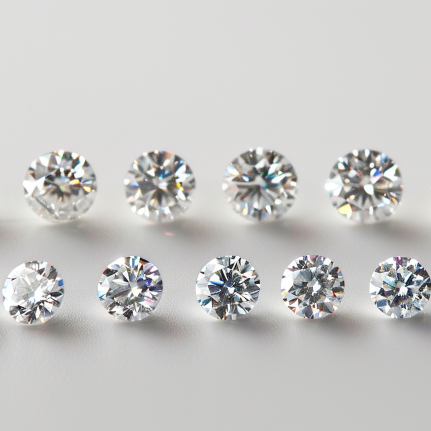
D - Absolutely colorless or icy white
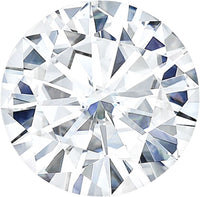
E - Colorless with miniscule traces of color under 10x magnification

F - Colorless with slight traces of color under 10x magnification

G - Near-colorless with some traces of color noticeable
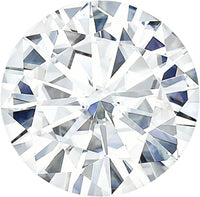
H - Near-colorless with slight color noticeable
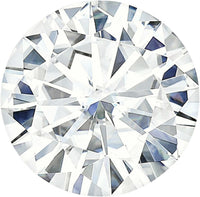
I - Near-colorless with visibly detected color
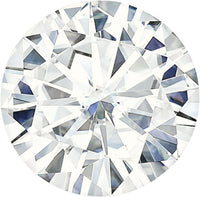
J-Z - Visibly Detected Color
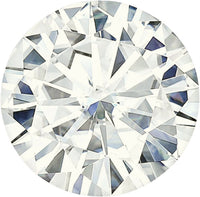
Clarity of Moissanite
Very similar to diamonds, the clarity of Moissanite stones such as our Resplendent Moissanite line is VS on the GIA scale. This means you can barely see the impurities, and it is very difficult to detect impurities even under a jeweler's eyeglasses with a 10x magnification.
Clarity refers to how clean or clear a gemstone is with respect to natural microscopic characteristics that were trapped within while the gemstone was forming. Internal characteristics are known as inclusions, and characteristics on the surface of the gem are known as blemishes.
Since moissanite is essentially all lab-created using natural elements, we are able to control the entire process and ensure the highest quality gemstone with the greatest care in regards to moissanite clarity. Below is a guide to our moissanite clarity scale.
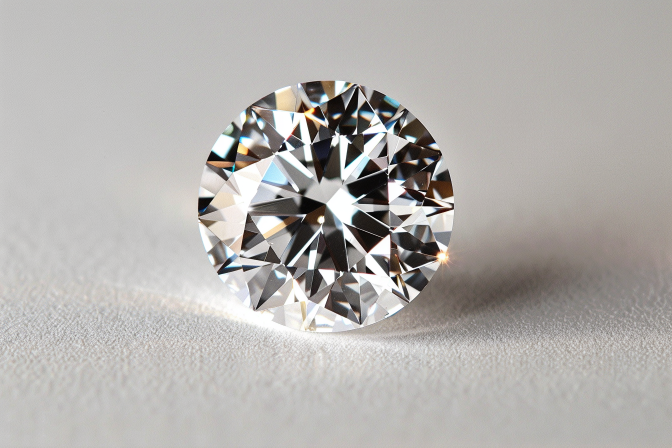
FL-IF - Flawless to internally flawless
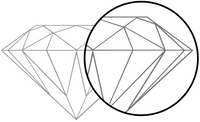
VVS1-VVS2 - Very very slight inclusions
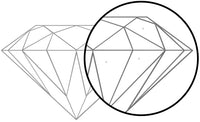
VS1-VS2 - Very slight inclusions
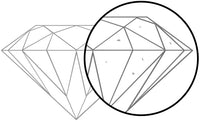
SI1-SI2 - Slightly included
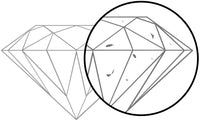
Cut
Cut refers not to the shape, but to the balance of proportion, symmetry and polish achieved by the gemstone cutter. The extent of how well a gemstone is cut is directly related to its overall beauty. When correctly cut, the gemstone's ability to reflect and refract light is greatly enhanced.
Every Charles & Colvard or Resplendent moissanite cuts are precisely calibrated and hand-cut by a master technician to create maximum brilliance and spark the ultimate fire. While standard round brilliant continues to be the most popular cut for moissanite, fancy cuts are also available in limited quantities.
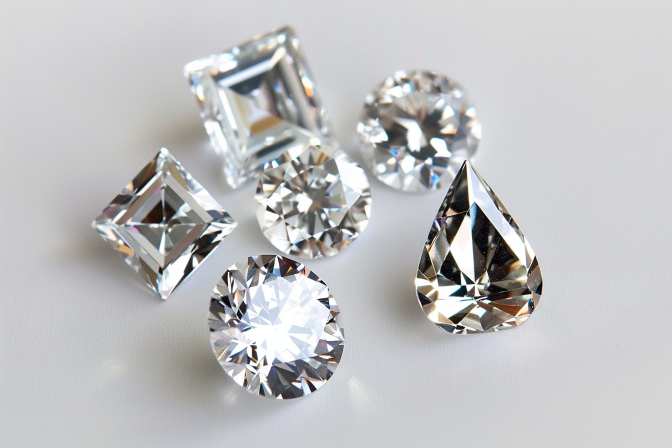
Ideal - Exquisite quality cut that reflects nearly all light that enters the gemstone.

Very good - Quality cut that reflects slightly less light as the ideal cut.

Good - Average cut that reflects decent amount of light.
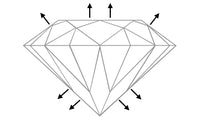
Fair - Below average cut that reflects some light.

Carat
Carat is the traditional measuring unit of a diamond's weight (1 carat = 200 milligrams). A carat is divided into 100 "points," so the same diamond can be represented as weighing a carat and a half, 150 points or 1.50 carats. Moissanite stones are about 15 - 18% lighter than diamonds. Therefore, while a 6.5mm round diamond weighs 1.0 carat, a 6.5mm moissanite weighs 0.83 - 0.85 carat. However, the two stones would be the same actual size: 6.5mm in diameter.
In order to minimize the confusion this can create, all stones are listed on Gema&Co with their actual size in mm and/or the diamond equivalent in carats.
FAQ
Is moissanite a diamond?
While sometimes referred to as “moissanite diamonds,” people often ask "is moissanite a diamond?" or "what is moissanite stone?" Moissanite isn’t a real diamond. In fact, naturally occurring moissanite is actually even rarer than diamonds since it has only been found in meteorites and upper mantle rocks. So, to make lab-grown moissanite gems, professionals employ a high-tech process that mimics nature’s way.
Does moissanite turn green?
Moissanite does not turn green over time. Unlike some gemstones that may change color due to exposure to heat, chemicals, or oxidation, moissanite is a stable and durable stone. Its color remains consistent, whether it's white, gray, or another shade. Any claims of moissanite turning green are likely due to external factors, such as residue from lotions, cleaning products, or oxidation of the metal setting. Regular cleaning with mild soap and water will keep moissanite sparkling brilliantly for a lifetime.
